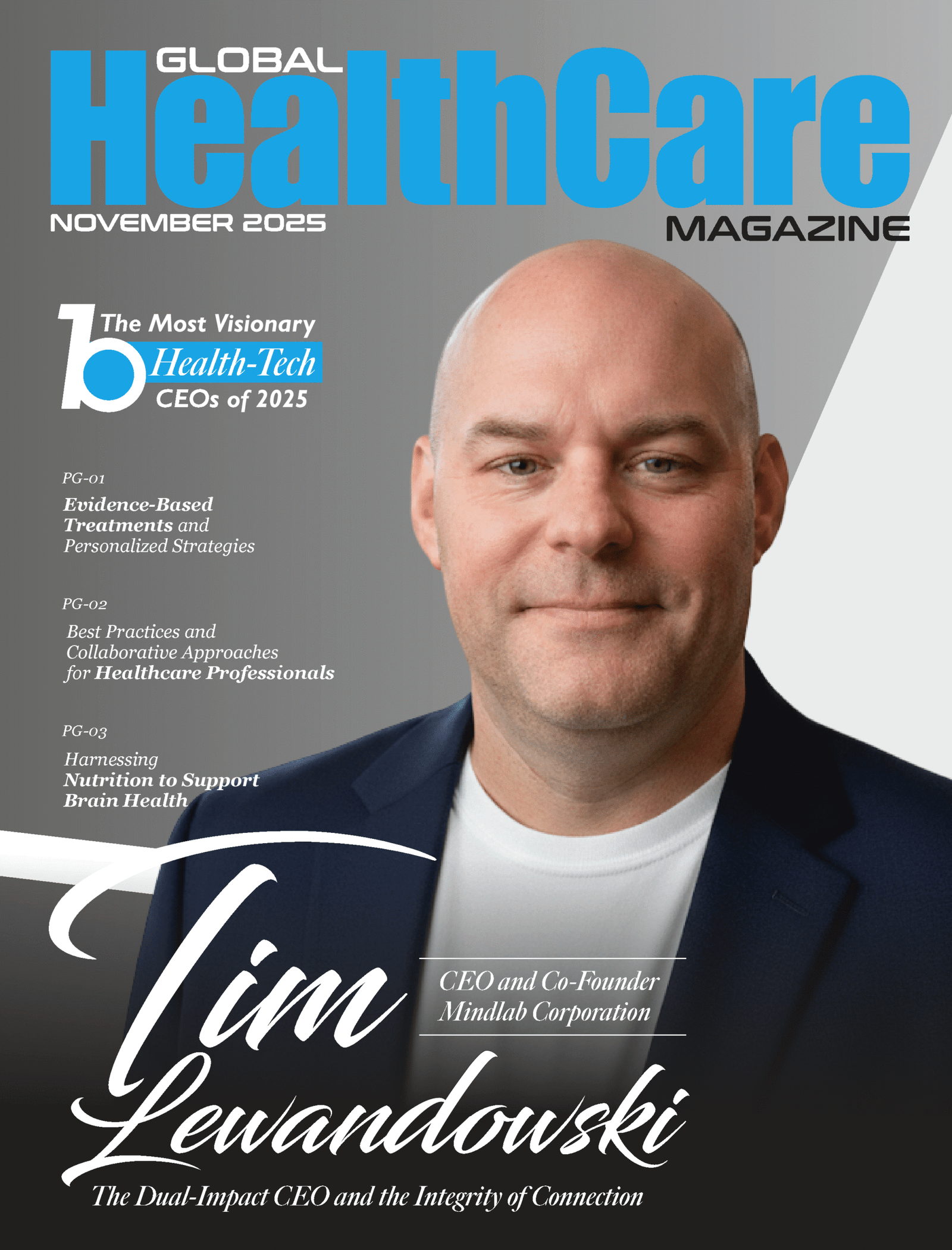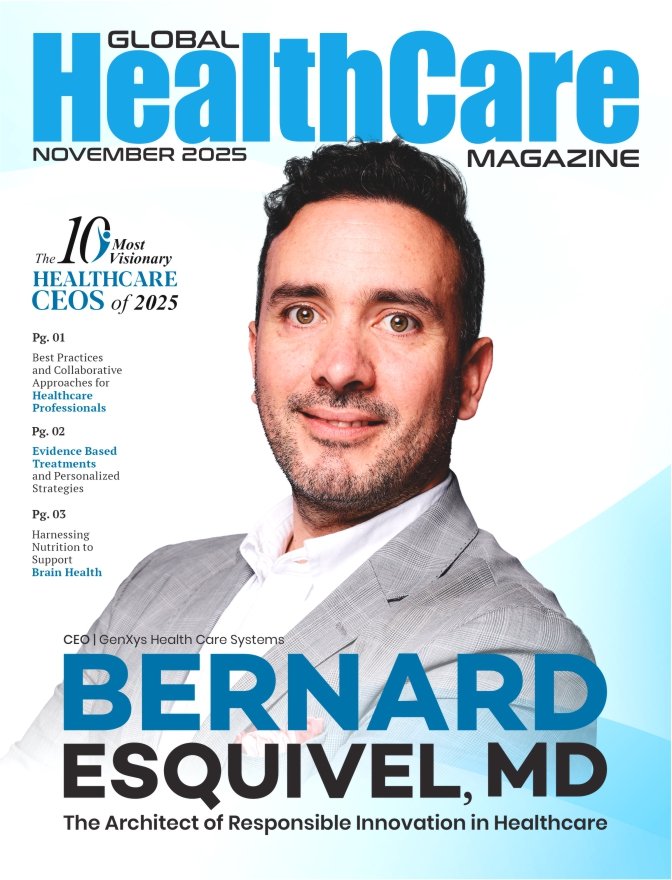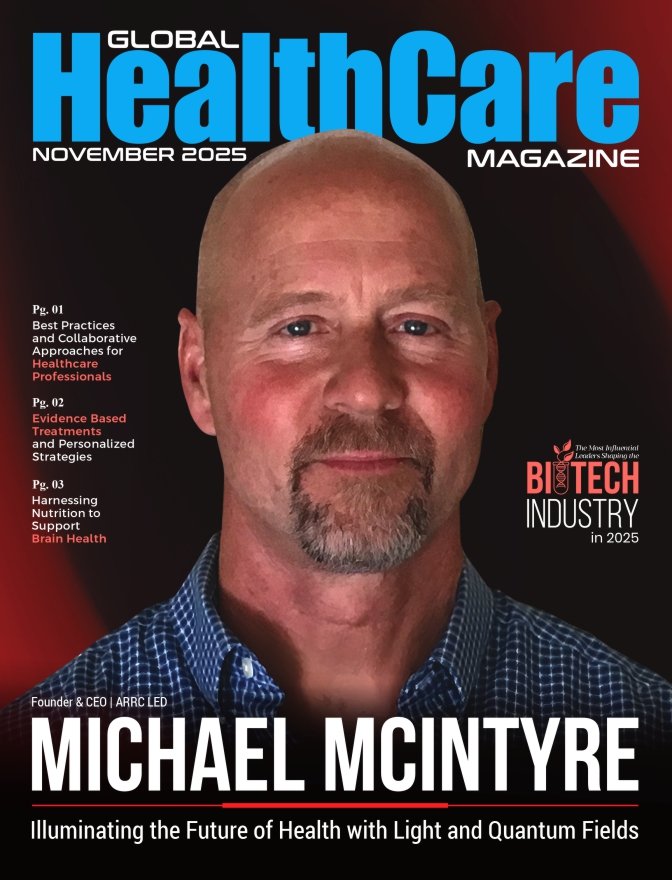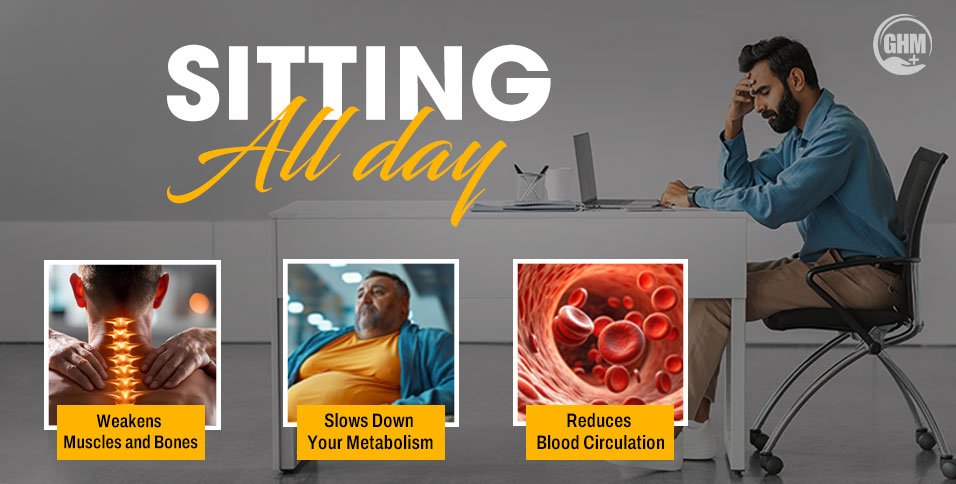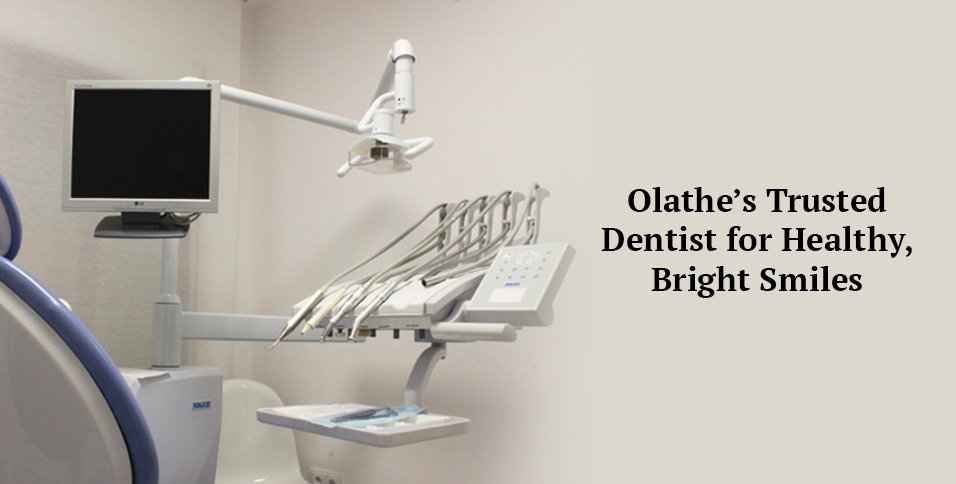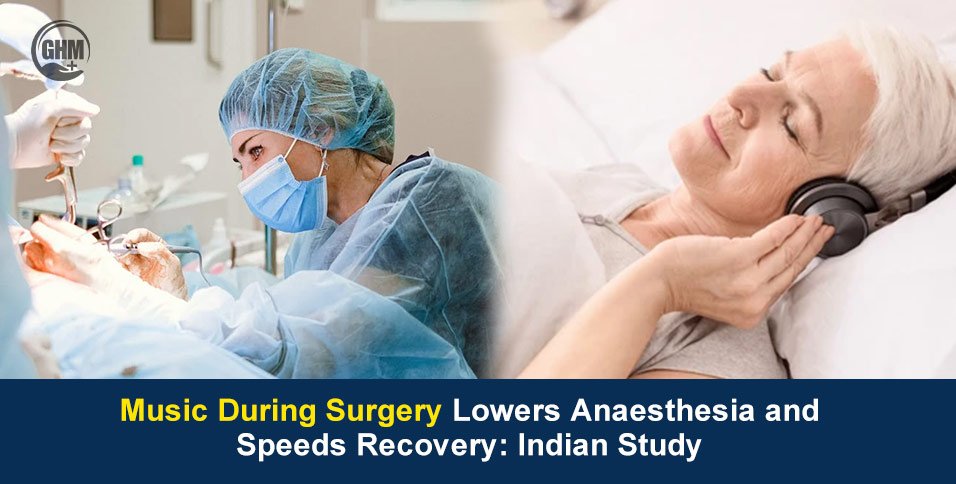New York City has a sound, a relentless, percussive rhythm. It’s the subterranean rumble of the 6 train, the staccato click of a thousand pairs of heels on granite sidewalks, the syncopated chorus of sirens and horns. Movement is the city’s native language, its universal currency. To live here is to be in a constant state of motion: walking, climbing, rushing, leaning into the city’s unyielding forward momentum. The human spine is the silent, unthanked infrastructure for all of it—the biological skyscraper holding everything upright, the intricate subway system of nerves connecting ambition to action. And when it fails, the city, for that one person, simply stops. The rhythm cuts out. The world shrinks to the geography of a single, agonizing point of pain.
On Wall Street, a place that is the very heart of this relentless drive, sits the office of Dr. Grigoriy Arutyunyan. From the outside, it is just another door in the city’s financial core. But inside, a unique kind of restoration project is underway. At Big Apple Spine and Orthopedics, Dr. Arutyunyan isn’t just treating herniated discs or spinal stenosis; he is, in a very real sense, a master engineer tending to the most essential infrastructure of the city’s most valuable asset: its people. He gives New Yorkers their movement back, and in doing so, gives them back their city.
The Oncologist’s Eye
To understand Dr. Arutyunyan’s approach to a degenerative disc in a downtown lawyer, you must first understand what he learned from a cancerous tumor in the vertebra of a grandparent. His training is a checklist of American medical excellence—a residency at the Mayo Clinic, a spine fellowship at UCSF. But it is the third fellowship, the one in orthopedic oncology at Memorial Sloan Kettering Cancer Center, that offers a key to the man himself.
Sloan Kettering is a world apart. It is a place where the stakes are absolute. The work there is not about optimizing a golf swing or ensuring a faster return to the marathon circuit. It is about the fundamental reclamation of a life. When cancer attacks the spine, the surgeon’s task is one of awesome, terrifying responsibility. You must be aggressive enough to remove the disease, but delicate enough to preserve the gossamer threads of the spinal cord. It is an exercise in deconstruction and reconstruction at the most profound level. To do this work is to develop a different kind of sight—an oncologist’s eye, which sees anatomy not just as a mechanical system, but as the fragile vessel of a human being’s future.
This experience seems to have calibrated Arutyunyan’s entire practice. When you have spent your time making decisions that weigh life against paralysis, the treatment of a more common spinal ailment is imbued with a different sense of perspective and possibility. The goal is not merely to alleviate pain, but to restore function in its fullest sense. He speaks of a “shared decision making process,” a phrase that in the context of his training feels less like a platitude and more like a deeply held conviction born from situations where the patient’s hopes are the most important data point of all.
The Urban Architect
New York City is a vertical challenge. Its inhabitants live in walk-ups, work in high-rises, and navigate a world of endless stairs. They sit hunched over laptops in coffee shops, crane their necks at screens on trading floors, and carry the weight of their lives in bags slung over one shoulder. The city itself is a relentless force acting upon the spine. Arutyunyan operates like an urban architect, one who understands the unique stresses and load-bearing requirements of this specific environment.
He is a leading practitioner of Minimally Invasive Spine Surgery (MISS), a suite of techniques that feels perfectly engineered for the New York temperament. Traditional spine surgery can be a bit like demolishing a wall to fix a leaky pipe. MISS is more like laparoscopic urban renewal. Using tools like tubular retractors and endoscopes, Arutyunyan can perform complex procedures through incisions smaller than a postage stamp. For the patient, this means less damage to the surrounding muscle, a quicker recovery, and often, a same-day return home.
This isn’t just a medical preference; it’s a profound understanding of his clientele. New Yorkers cannot afford six weeks of downtime. They have businesses to run, shows to perform in, patients to see, families to raise. Arutyunyan’s surgical approach is a direct response to the city’s central demand: get back to your life. He is rebuilding the body’s internal framework with the precision and efficiency of a master craftsman, ensuring the entire structure can once again withstand the pressures of the city it calls home.
The Wall Street Practice
It is no accident that Big Apple Spine and Orthopedics is located on Wall Street. The practice itself is a model of the efficiency and focus that its neighborhood represents. It is a fully integrated clinical ecosystem designed to minimize the one thing New Yorkers have in shortest supply: time. Diagnostics, non-surgical treatments, and surgical consultations happen in a streamlined, coordinated fashion, eliminating the frustrating delays of referrals and disjointed appointments. Early-morning and evening scheduling accommodates the punishing hours of the finance world and other demanding professions.
But to mistake this efficiency for impersonality would be to miss the point entirely. The entire system is built to deliver a highly personalized, almost bespoke, form of care. Arutyunyan understands that the spine of a ballet dancer has different needs than the spine of a construction worker, which is different still from the spine of a hedge fund manager. The treatment plan is a collaboration, a strategy session where the patient is the senior partner. This fusion of relentless New York efficiency with deep, humane attentiveness is what sets his practice apart. It is a system built not just to treat a condition, but to serve a life—a busy, ambitious, quintessentially New York life.
In the end, Dr. Arutyunyan’s work is about rhythm. He is a restorer of cadence. He takes people who have been forced into a painful stillness and retunes their bodies to the unique, demanding, and thrilling beat of the city. He gives them back the ability to walk across the Brooklyn Bridge, to carry their child on their shoulders in Central Park, to stand tall and confident in a boardroom. With an oncologist’s deep respect for life and an architect’s precision, Grigoriy Arutyunyan is not just fixing spines; he is ensuring that the people of this great, vertical city can continue to move, to strive, and to rise.
Also Read: Neurocare Visionaries: The Most Influential Neuro-Spine Surgeons, 2025



